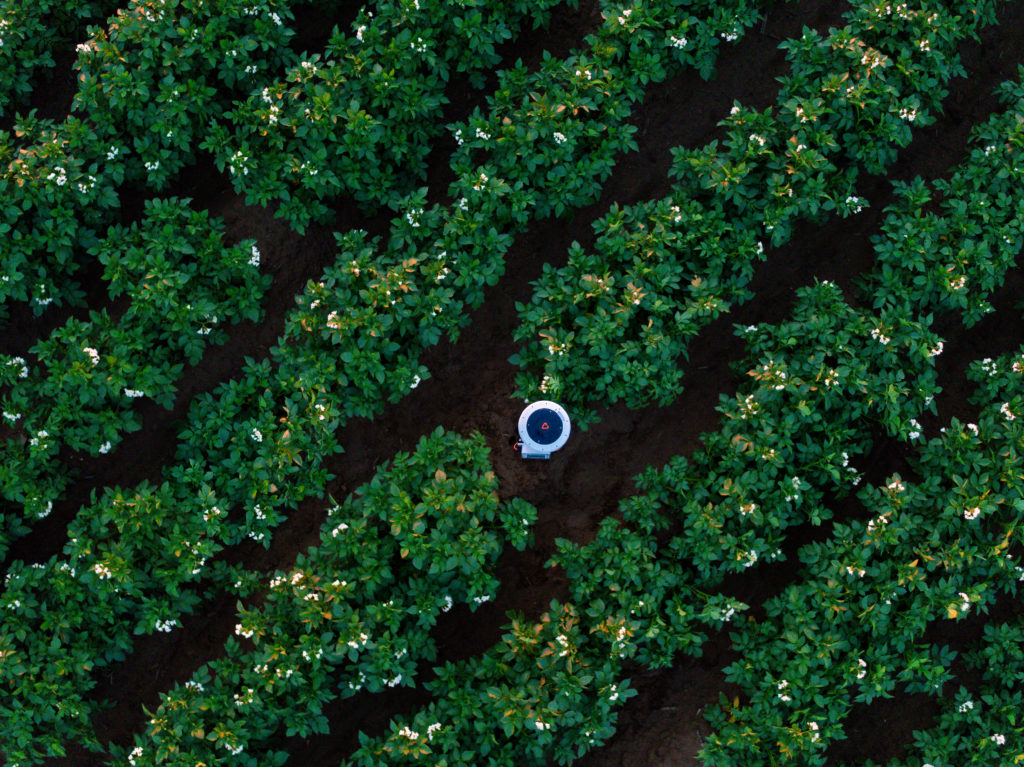Holistic management in real time minimizes agronomic and financial risk
By Jamie Hardy, head of marketing, and Ian Bailey, strategic sales executive, Arable Labs, Inc.
Images courtesy of Arable Labs, Inc.
In the United States, there are 2 million farms across nearly a billion farmed acres. Even with 10,000 crop advisors to help keep an eye on things in the field, ultimately this means millions of acres go unchecked every year.
This lack of visibility feeds widespread risk throughout the supply chain—from seed breeders, input companies and machine manufacturers to growers, processors and consumers—as well as significant financial consequences when field conditions depart from the expected.
One key way to address this agronomic risk at the base of the pyramid is through digital in-field weather and crop monitoring.
For example, tracking a full season’s NDVI (Normalized Difference Vegetation Index) across fields can help a grower, breeder or advisor spot trends and anomalies, such as early senescence.
NDVI quantifies vegetation by measuring the difference between near-infrared (which flora strongly reflects) and red light (which plants absorb).
Combine that with crop evapotranspiration, precipitation, soil moisture, crop water balance, crop water stress and growing degree days, and you have a holistic management overview in real time.
A pioneer in decision agriculture, Arable Labs, Inc. has developed a robust suite of accurate, real-time, in-field data to fill exactly this gap.
Arable’s flagship device, the Mark 2, is the world’s first LTE-M- (network radio technology) enabled irrigation management tool, weather station and crop monitor in one.



